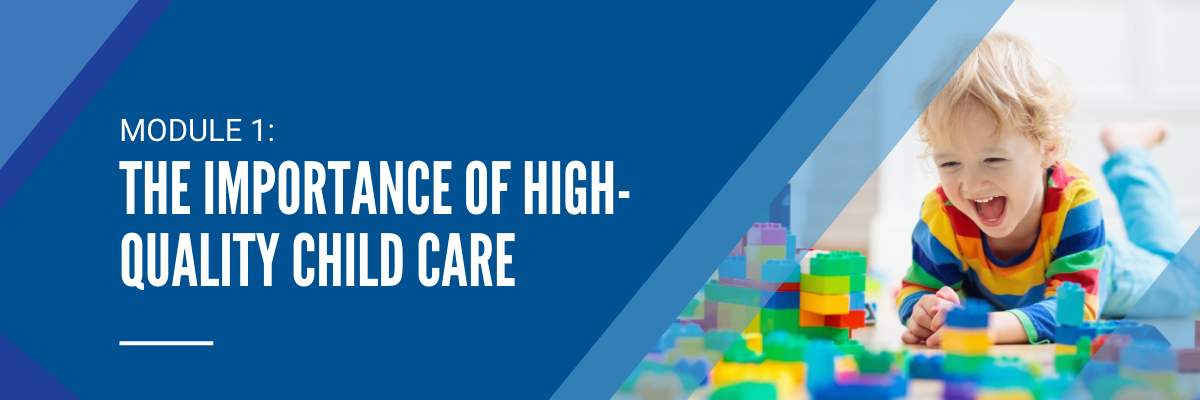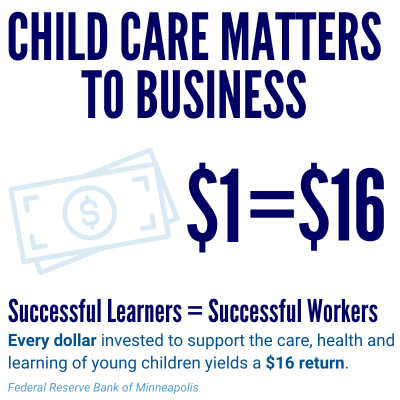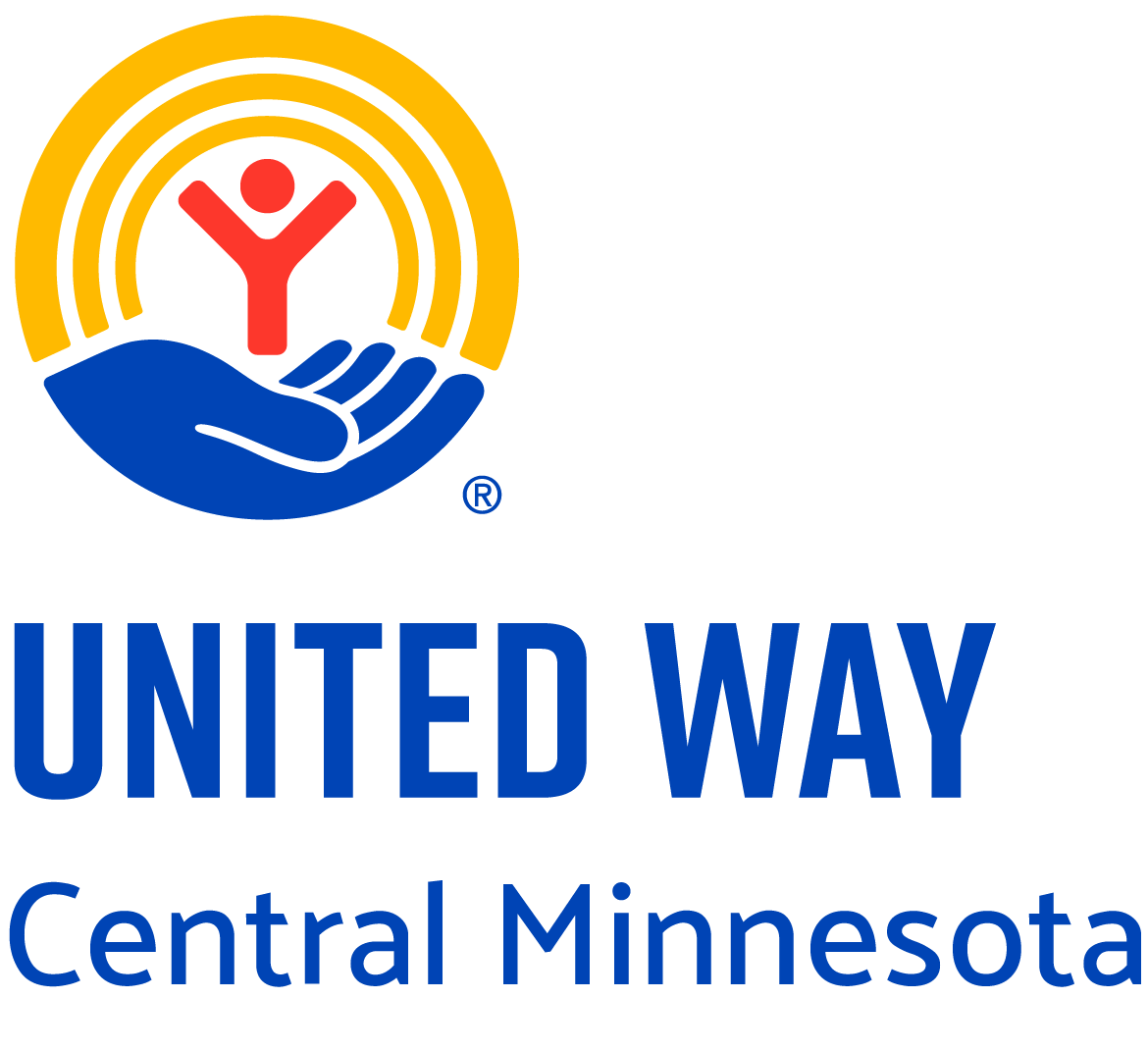
High-quality child care plays a pivotal role in shaping the healthy development of young children's brains. During the early years, particularly from birth to age three, a child's brain is rapidly forming neural connections at an astonishing rate. These connections establish the foundation for various cognitive and social abilities that will prove vital throughout their entire lives.
Quality child care environments offer a nurturing and stimulating atmosphere that encourages positive interactions, exploration, and learning. These experiences help children develop essential skills, including emotional regulation, social interaction, and language acquisition. By fostering a secure and enriching environment, quality child care sets the stage for robust brain development, equipping children with the cognitive and emotional tools they need to thrive academically, socially, and emotionally as they grow into adulthood.
Positive experiences with caregivers are crucial for the approximately 300,000 Minnesota children ages six and under. These early interactions contribute to well-rounded individuals who, in turn, become a skilled and motivated workforce essential for the prosperity of our community.
High-quality child care can have significant and lasting impacts on children throughout their lives.

Some of the long-term benefits include:
- Improved Academic Performance: Children who experience high-quality early childhood education tend to perform better academically in school. They often develop strong foundational skills in areas such as reading, math, and problem-solving, setting them up for future educational success.
- Enhanced Social and Emotional Development: Quality child care environments promote healthy social interactions and emotional development. Children learn to communicate, collaborate, and manage their emotions effectively, which can positively influence their relationships and overall well-being throughout life.
- Higher Graduation Rates: Children who receive quality early education are more likely to graduate from high school and pursue higher education. This can lead to better job prospects and increased earning potential over their lifetime.
- Improved Health and Well-being: High-quality child care programs typically prioritize the well-being of children, which can lead to healthier lifestyles and habits. This can reduce the risk of various health issues later in life.
- Greater Workforce Productivity: As adults, individuals who had access to quality child care are often better equipped to balance their work and family responsibilities, resulting in increased workforce productivity and stability.
- Reduced Involvement in Criminal Activity: Research suggests that early access to quality child care can reduce the likelihood of engaging in criminal activities in later life, contributing to safer communities.
- Higher Earning Potential: Individuals who receive a strong educational foundation through quality child care often have better career prospects and higher earning potential, ultimately improving their financial stability.
- Parenting Skills: Exposure to high-quality child care can also enhance parenting skills in adults. Those who have had positive early experiences are more likely to provide a nurturing and supportive environment for their own children.
- Community and Civic Engagement: People who receive quality early education tend to be more engaged in their communities and may contribute positively to society through volunteering and civic participation.
Child care serves as a crucial economic asset essential for a productive workforce in Minnesota, both in the present and the years to come. It not only enables parents to pursue employment but also assists businesses in recruiting and retaining the workforce they require.
Furthermore, child care that offers safety, reliability, and top-notch guidance enhances a child's prospects of entering kindergarten well-prepared socially and academically, fostering positive outcomes throughout their lives.
Affordable and accessible child care for all Minnesota families adopts a two-generation approach to enhance economic stability and bolster child development while also stimulating the state's economy.
However, many Minnesotans face challenges in accessing affordable child care, compelling working parents to weave together inconsistent care arrangements and allocate a substantial portion of their income to secure employment opportunities.
-
A skilled and consistent teacher workforce with effective program leadership.
-
Suitable materials, curriculum, and environments that align with age and developmental stages.
-
Active family involvement.
-
Ongoing enhancements in quality.
-
Reliable and sustainable funding.
How is quality assessed?
In 2015, Minnesota implemented Parent Aware, a four-star quality rating system for child care providers based on a programs (1) teaching and relationships with children; (2) relationships with families; (3) assessment and planning for each individual child; (4) professionalism; and (5) health and well-being.
Learn more about Parent Aware & their Star Ratings
Participation in Parent Aware is free for child care providers, and they are provided access to technical assistance, training, coaching, and other resources to improve the quality of their child care program.
In addition to Parent Aware, Minnesota has developed Early Childhood Indicators of Progress. Based on research and supported by evidence-based practices, the ECIPS specifies developmental expectations for children from birth through the entrance to kindergarten.
The ECIPs, which are aligned with the K-12 Academic Standards, ensure equitable access to a robust education across programs for all children.
The areas of learning or domains included in the ECIPs are:
-
physical and movement development
-
language
-
literacy and communications
-
mathematics
-
science
-
social systems
-
approaches to learning
-
the arts
-
social and emotional development.
“The workforce is the most critical component of quality in an early childhood program. All teachers need to have a foundational knowledge of child development and be able to lead activities that promote children’s learning at various ages. This important role requires that teachers have formal education and training in early childhood education.”4 (https://www.americanprogress.org/article/quality-101-identifying-the-core-components-of-a-high-quality-early-childhood-program/)
Their are also many requirements that are essential to ensure the safety, well-being, and educational development of children, but they can also make it difficult for individuals to enter or remain in the profession:
- Educational Requirements: Child care providers are often required to have a certain level of education and training, which can be time-consuming and expensive. This can deter potential caregivers who may not have the means to meet these educational requirements.
- Ongoing Training: Child care providers are expected to engage in continuous training to stay updated on best practices and child development. This can be demanding and costly, and some caregivers may struggle to access these resources.
- Licensing and Regulations: Child care facilities must adhere to strict licensing and safety regulations, which can be a barrier for individuals looking to establish or maintain a child care business. Meeting these standards often requires financial investment and administrative effort.
- Low Compensation: Despite the demanding requirements, child care providers are frequently paid lower wages compared to the effort and responsibility of their roles. This can make it challenging to attract and retain highly qualified individuals.
- Limited Access to Resources: Many child care providers, particularly those in underprivileged areas, have limited access to essential resources like educational materials, adequate facilities, and funding for their programs.
- Administrative Burden: Child care providers often face significant administrative burdens, including paperwork, record-keeping, and compliance with regulations. This can be overwhelming, particularly for those who entered the field because of their love for working with children.
- Lack of Support: Child care providers may struggle to find the support they need in terms of mentorship, professional development, and emotional support. This lack of support can lead to burnout and high turnover rates.
The wage challenge faced by child care providers in Minnesota is a complex issue rooted in a combination of factors. High operational costs, including expenses related to property, and stringent regulatory compliance requirements contribute to the financial burden. To provide quality child care, providers must also pay competitive wages to attract skilled staff, but the high cost of labor further strains their budgets.
Meanwhile, low parent fees can limit providers' ability to increase wages and remain financially viable. Workforce shortages and inequities in funding across regions add to the challenge, while economic conditions such as the cost of living and inflation further impact wage levels and the financial stability of child care providers.
WHAT DO WE DO?
Addressing this issue requires a multi-faceted approach, including policy changes, increased public investment in early childhood education, and strategies to enhance the financial sustainability of child care providers while upholding high-quality standards.
LOW WAGES, HIGH SKILL
Attracting workers to the child care provider field in Minnesota is a significant challenge for several reasons. One of the primary reasons is the starting wage for child care providers, which tends to be comparatively low when contrasted with wages in other professions. Child care workers often earn wages that are considerably lower than those in sectors requiring similar education and responsibilities.
The low starting wage is a major deterrent for potential workers who may opt for other professions that offer more competitive compensation. In Minnesota, where the cost of living can be relatively high, the modest wages offered to child care providers make it difficult to recruit and retain individuals in this critical field.
When compared to other careers that require a similar level of education and responsibility, such as teaching or healthcare, child care provider wages often pale in comparison. This wage disparity discourages individuals from entering or staying in the child care profession, despite its importance in supporting early childhood development and education.
Furthermore, child care providers face demanding and often emotionally challenging work, which requires a great deal of dedication and skill. The combination of low wages, high demands, and limited opportunities for career advancement in the child care field in Minnesota can make it challenging to attract and retain the workforce needed to provide high-quality care and education to young children. This issue underscores the need for increased investment and support for child care providers to make the field more attractive and sustainable.
COST OF LIVING
Wages in many early care and education professions fall below the cost of living for a single person in Minnesota and are notably insufficient for raising a family. According to DEED's Cost of Living Calculator, the basic cost of living is $15.09 per hour statewide for a single person, while a family of three, consisting of one full-time worker, one part-time worker, and one child (a common family structure in Minnesota), needs $18.20 per hour or an annual income of $56,772 (combining both earners) to meet their basic needs. Many individuals working in early care and education roles, even those requiring a college degree, earn wages that do not cover this basic cost of living, making it challenging to attract and retain qualified professionals.
HIGH TURNOVER
This wage disparity results in a high turnover rate within the industry. The early care and education sector experiences a turnover rate higher than most other industries in Minnesota. In 2018, the Child Day Care Services industry had an annual turnover rate of 14.4%, while it was 5.9% in Manufacturing, 8.1% in Educational Services, and 8.3% in Healthcare & Social Assistance. Statewide, the average turnover rate was 9.1%. High turnover not only increases costs but also diminishes the quality of early care and education programs, affecting the well-being of children and families.
THE EARNINGS GAP
In Minnesota, graduates with an associate degree in early learning or child development earned a median wage of only $15.37 in center-based child care programs two years after graduation. Those with a bachelor’s degree in early learning or child development who worked in center-based programs earned a median wage of only $17.48 while those who worked in elementary or secondary schools earned $25.37 two years after graduation.
Because of the large earnings gap, many graduates with bachelor’s degree or other advanced credentials pursue jobs in public schools, leaving private and non-profit child care programs lacking highly trained staff.
READ:
Investing in Early Childhood - #First Things First
Nourishing Our Children for Success - Minnesota Early Childhood Longitudinal Data System
Compensation Matters Most - National Association for the Education of Young Children
Increased Compensation for Early Educators - Center for the Study of Child Care Employment
Transforming the Financing of Early Care and Education in Minnesota - Report from Transforming Minnesota’s Early Childhood Workforce Project
A Critical Need: The Importance of the Early Care and Education Workforce - State of Minnesota
‘Stressed and Desperate:’ Behind Minnesota’s Child Care Crisis - Twin Cities Business
Early Childhood Indicators of Progress - Minnesota’s Early Learning Standards: Birth to Kindergarten - Minnesota House Research Department
WATCH:
Born to Learn: Brain Science and Early Learning - PBS LearningMedia
How every child can thrive by five - Molly Wright, TED
Why is Quality Child Care So Important? - Child Care Aware® of America
Effective Teacher-Child Interactions - Touchstone
Empowering Preschool Quality - Iowa Regents' Center for Early Developmental Education
A Day in the Life of a Pre-K Teacher - U.S. Department of Education
Little Ones Learning Outdoors - PBS
Parent Aware Rating System - PBS
Parent Aware Testimonial Video - Child Care Aware® of Minnesota
Child Care Deserts - Center for American Progress
DO:
Advocating for changes to Minnesota's current child care system is a pivotal step in ensuring that families have access to affordable, high-quality child care, which is not only essential for children's development but also for parents to maintain their employment. By pushing for reforms that address affordability, availability, and quality, we can support working parents, nurture the well-being of the next generation, and contribute to the long-term economic stability of the state.
Child Care Advocacy Toolkit - ZERO to THREE
Advocacy from Home - Child Care Aware® of America
Early Childhood Advocacy Toolkit - Ounce of Prevention Fund
return to main menu
